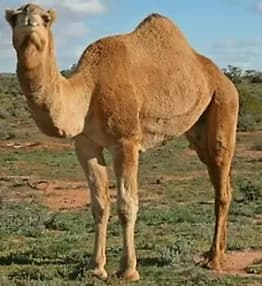Behaviour and Adaptation
Behaviour and Adaptation: Overview
This topic covers concepts such as Pneumatophores, Adaptations in Camels, Adaptations in Cactus Plant, Adaptations in Fish, Aerial Adaptations in Birds, and Behavioural Adaptations in Animals.
Important Questions on Behaviour and Adaptation
Write a note on Pneumatophores.
Which animal is suitable animal for desert? What are the main features of this animal?
How does the shape of the body help a fish?
How are camels well adapted to deserts?
What is the significance of feathers in birds?
Give one word for the body part of a camel that store food.
While walking along the beach, you see a fish washed ashore and struggling. Would you put it back into the water or ignore it?
Do you think that oxygen dissolved in water is important for aquatic life? Why?
Camels have _____ rows of eyelashes.
In a cactus plant _____ prepares food for the plant.
This part makes food for a desert plant.
Here is the picture of a camel. It is a desert animal.

Name the adaptive part, and write the use of this part.
What are the features that help a camel live in a desert?
_____ have thick lips so they can eat the prickly desert plant without feeling pain.
Cactus leaves are modified as spines to prevent loss of water. Why is this necessary?
What are the features that help a camel to live in a desert?
Give reasons for the following:
Cacti have small leaves and thorns.
A plant that grows in sandy soil. (Mango/Grass/Cacti)
Which of these is true about camels?
Which of these is true about cacti?
